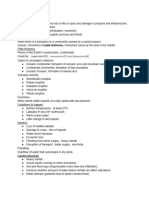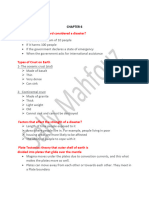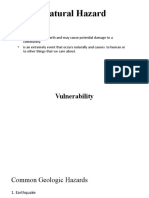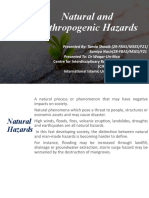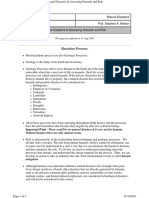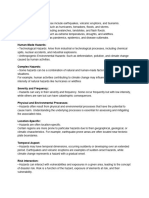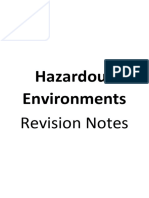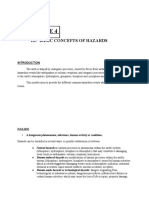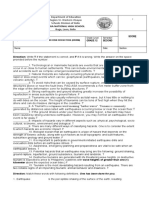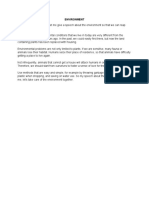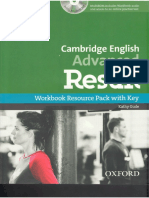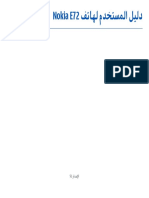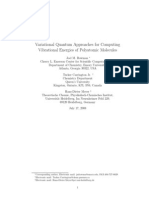0% found this document useful (0 votes)
24 views3 pagesWorld at Risk Expanded Notes
Natural hazards are categorized into geophysical hazards, such as earthquakes and volcanoes, and hydrometeorological hazards, like hurricanes and floods. The document discusses the causes, effects, and measurement of these hazards, as well as factors influencing their impact, including geology, population density, and development levels. It emphasizes the importance of risk management strategies, such as prediction, mitigation, and preparedness, especially in regions prone to multiple hazards.
Uploaded by
PayasviniCopyright
© © All Rights Reserved
We take content rights seriously. If you suspect this is your content, claim it here.
Available Formats
Download as DOCX, PDF, TXT or read online on Scribd
0% found this document useful (0 votes)
24 views3 pagesWorld at Risk Expanded Notes
Natural hazards are categorized into geophysical hazards, such as earthquakes and volcanoes, and hydrometeorological hazards, like hurricanes and floods. The document discusses the causes, effects, and measurement of these hazards, as well as factors influencing their impact, including geology, population density, and development levels. It emphasizes the importance of risk management strategies, such as prediction, mitigation, and preparedness, especially in regions prone to multiple hazards.
Uploaded by
PayasviniCopyright
© © All Rights Reserved
We take content rights seriously. If you suspect this is your content, claim it here.
Available Formats
Download as DOCX, PDF, TXT or read online on Scribd
/ 3












